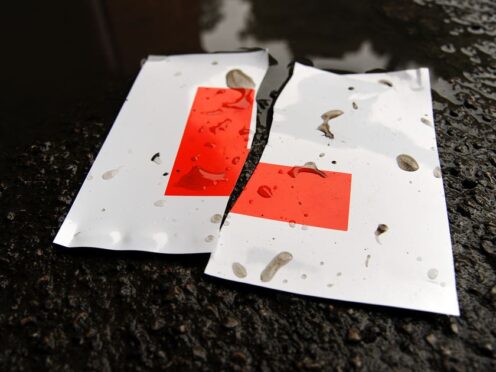The number of driving tests being taken has reached record levels following efforts to reduce a backlog created during the coronavirus pandemic, figures show.
Some 1.9 million practical tests were taken in the year to the end of March, according to Department for Transport (DfT) figures.
That is the most in records dating back to 2007/08 and is up from 1.7 million during the previous 12 months.
The pass rate during the year to the end of March was 47.9%, down from 48.4% in 2022/23.
DfT figures also show 3,033 new driving instructors were registered in that period, the second most since at least 2011/12.
RAC senior policy officer Rod Dennis said: “Looking at these figures, it’s crystal clear just how important learning to drive is for so many people.
“While the number of practical tests being taken is greater than ever – thanks to efforts to reduce the Covid backlog – we know from our own research the huge extent to which people depend on being able to drive, whether that’s to get to or from work, to see friends or family, or to do the shopping.
“It’s also positive that last year saw the second highest number of new driving instructors registered since 2012, something that is still very much needed to deal with the pent-up demand post-pandemic.
“The good news for would-be drivers is that the waiting time for practical tests is coming down – from an average of more than five months last August to just over three at the start of this year.
“Our hope is these will continue to fall, making becoming a qualified driver a reality for many more people.”
Driving tests were prohibited during coronavirus lockdowns, leading to a backlog of candidates, with many being forced to wait several months for an available test slot.
In February, the Driver and Vehicle Standards Agency said measures to reduce waiting times included asking more qualified managers and administration staff to conduct exams full time.
Last year the agency said it would increase the length of time candidates who fail the test have to wait before they can book another from 10 days to 28 days, to encourage them to wait until they are ready to pass.
